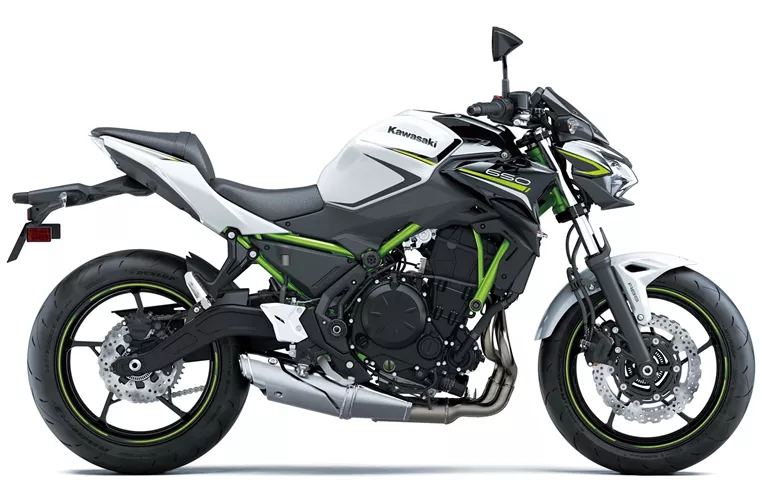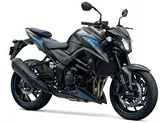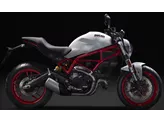Kawasaki Z900 2017 vs. Kawasaki Z650 2020

Kawasaki Z900 2017
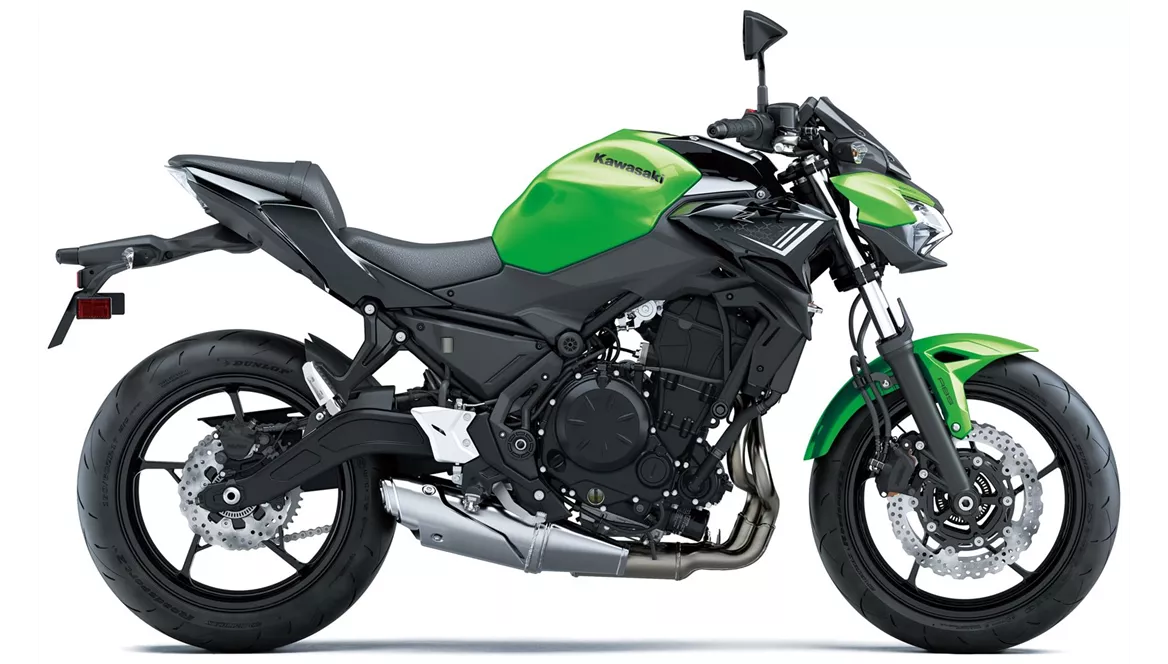
Kawasaki Z650 2020
Overview - Kawasaki Z900 2017 vs Kawasaki Z650 2020
The Kawasaki Z900 model year 2017 and the Kawasaki Z650 model year 2020 are both naked bikes from Kawasaki, but they have some significant differences in terms of technical specifications and strengths.
Starting with the Kawasaki Z900 2017, it is equipped with a powerful in-line 4-cylinder engine that produces 125.4 HP of power and 98.6 Nm of torque. The engine is fuel-injected and has a displacement of 948cc. The bike features a steel double cradle frame, which provides stability and durability. It has an upside-down telescopic fork front suspension and a swing arm rear suspension with a monoshock absorber. The front brakes are double disk with a diameter of 300mm and four pistons, while the rear brakes have a single disk. The bike also comes with ABS as an advanced rider assistance system. The dimensions and weights include a wheelbase of 1450mm, a seat height of 795mm, and a kerb weight of 210kg with ABS.
On the other hand, the Kawasaki Z650 2020 is equipped with a 2-cylinder in-line engine that produces 68.2 HP of power and 65.7 Nm of torque. The engine is also fuel-injected and has a displacement of 649cc. The bike features a steel tubular frame, which provides stability and strength. It has a telescopic fork front suspension and a swing arm rear suspension with a monoshock absorber. The front brakes are double disk with a diameter of 300mm and double pistons, while the rear brakes have a single disk. Like the Z900, the Z650 also comes with ABS as an advanced rider assistance system. The dimensions and weights include a wheelbase of 1410mm, a seat height of 790mm, and a kerb weight of 187.1kg with ABS.

Kawasaki Z900 2017
In terms of strengths, the Kawasaki Z900 2017 is praised for its ingenious naked bike chassis, superb looks, and a responsive engine with well-balanced torque. It is considered to be a perfect intersection of performance, price, and practical use.
On the other hand, the Kawasaki Z650 2020 is praised for its powerful two-cylinder engine, aggressive intake noise, compact dimensions, low seat height, stable chassis, and a TFT display with connectivity. It is also noted for its grown-up look, appealing to riders who want a more mature aesthetic.
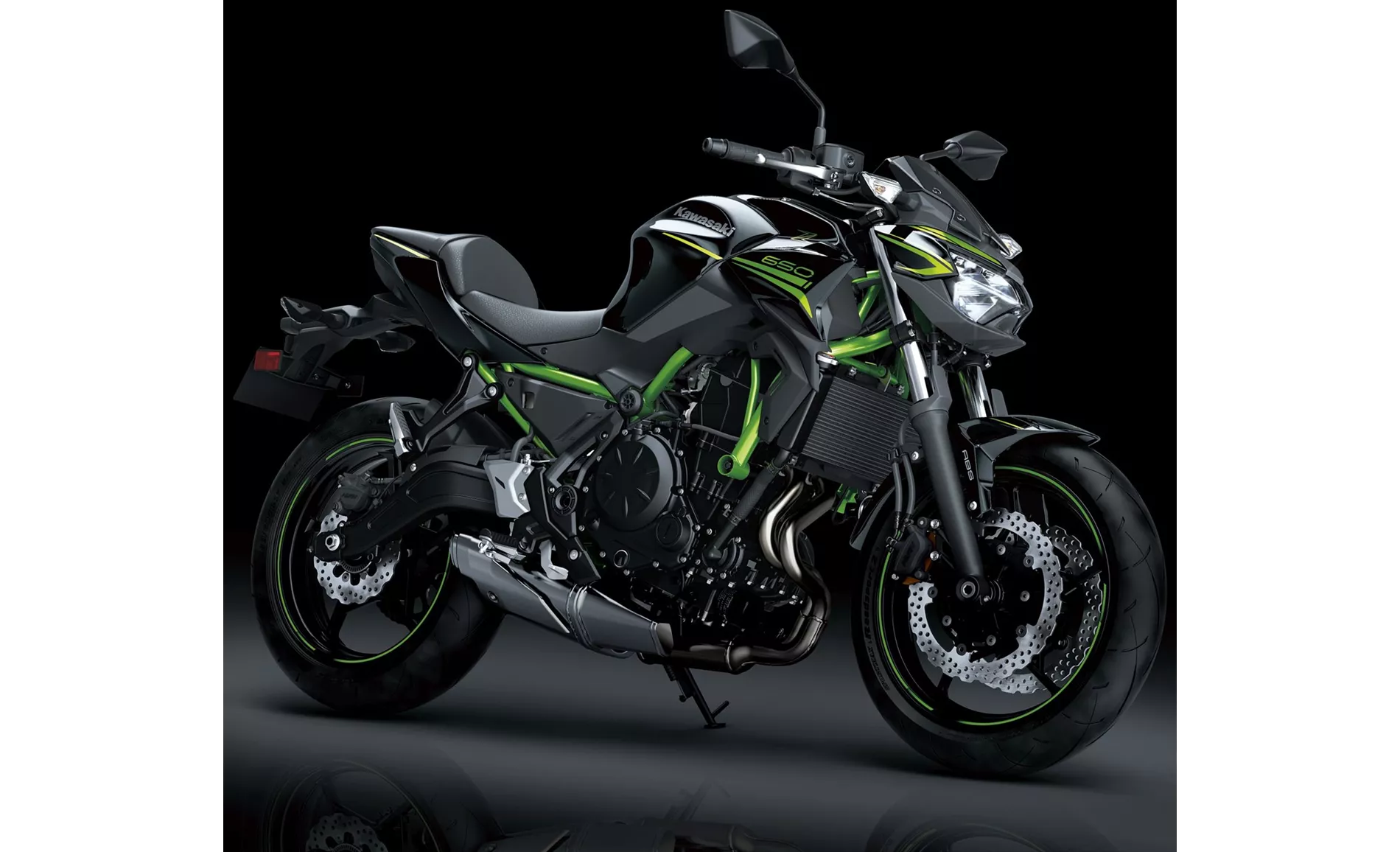
Kawasaki Z650 2020
However, both bikes have their weaknesses. The Kawasaki Z900 2017 is criticized for its narrow knee angle, which may be uncomfortable for tall riders. It is recommended for tall riders to consider ordering a different seat for better comfort.
The Kawasaki Z650 2020, on the other hand, has some weaknesses such as a front brake pressure point that may not be to everyone's liking. It is also noted that it may be uncomfortable for tall riders, and the Rideology App is not considered to be 100% sophisticated.
In conclusion, the Kawasaki Z900 2017 and the Kawasaki Z650 2020 are both impressive naked bikes from Kawasaki, each with their own strengths and weaknesses. The Z900 offers a more powerful engine and a larger displacement, while the Z650 offers a more compact and agile package with a lower seat height. Ultimately, the choice between the two will depend on the rider's preferences and priorities.
Technical Specifications Kawasaki Z900 2017 compared to Kawasaki Z650 2020
Pros and Cons in comparison
Pros and Cons in comparison
Kawasaki Z900 2017

An incredibly well-designed motorbike. A lot of test work and attention to detail went into it. It has exactly the right power, exactly the right chassis and exactly the right look. An all-round successful naked bike that will make you happy for a long time. If you like, you can ride it simply and faithfully, but if you want, you can also ride it really fast and it wheels like hell. Great!
Kawasaki Z650 2020
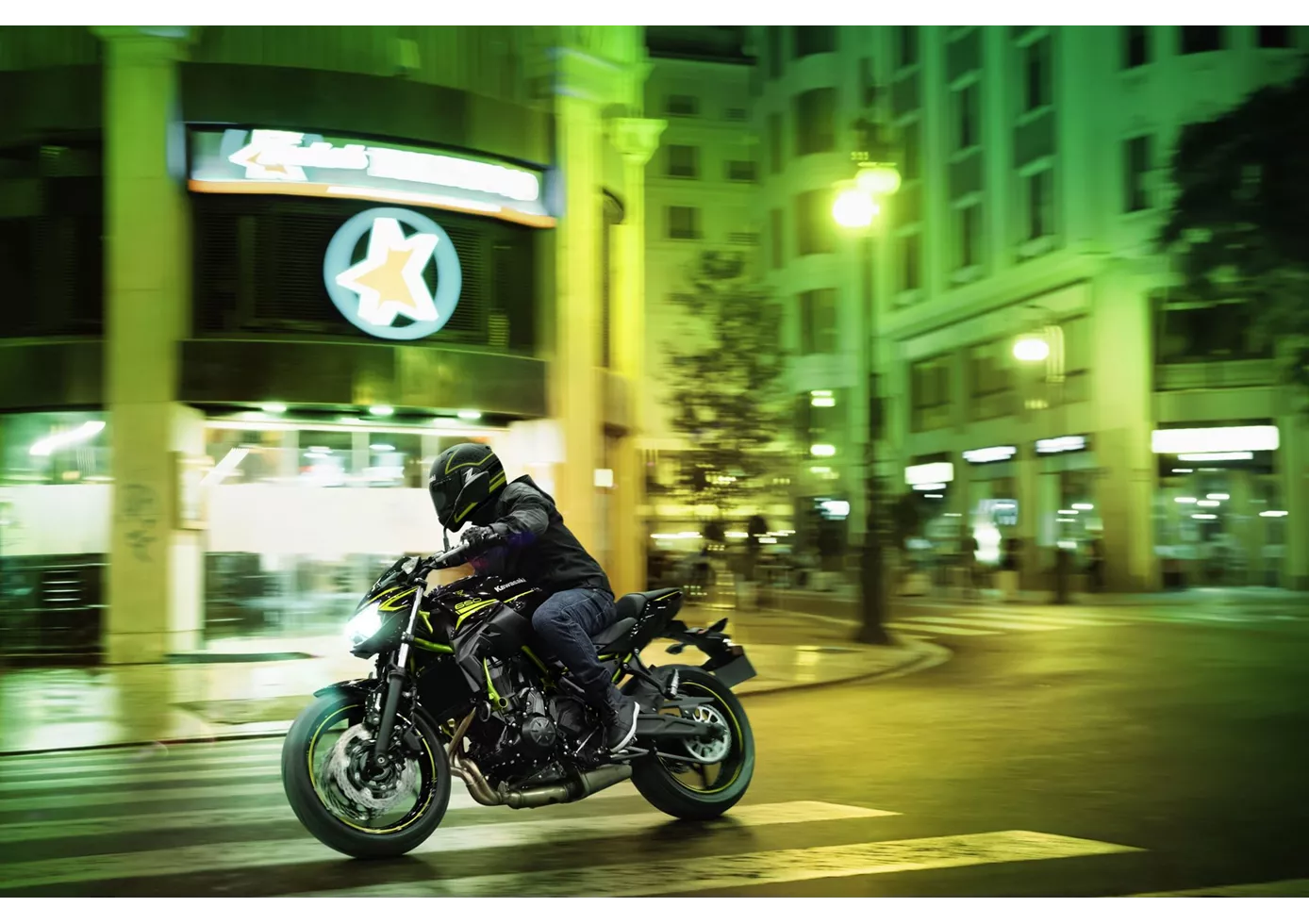
It's simply marvellous what Kawasaki has put together in a complete package with the new Z650. The technical components may not knock your socks off individually, but in combination they make for a pleasantly neutral motorbike that everyone will enjoy. No bitchy idiosyncrasies - simply a naked bike that works really well on winding country roads. Of course, the TFT display, which we don't find in the competition at the moment, is a plus, as is the grown-up look, which is strongly oriented towards the larger Z models. Only the pressure point of the front brake could have been more clearly defined - but you can't have everything in this price range.
Price Comparison Avarage Market Price Kawasaki Z900 vs Kawasaki Z650
There are a few key differences between a Kawasaki Z900 2017 and a Kawasaki Z650 2020. In terms of price, the actual average price of a Kawasaki Z900 2017 is about 38% higher. A Kawasaki Z900 2017 experiences a loss of 530 GBP in one year of ownership. This is offset by a loss of 30 GBP for a Kawasaki Z650 2020. Compared to Kawasaki Z650 2020 there are more Kawasaki Z900 2017 bikes available on the 1000PS.de Marketplace, specifically 43 compared to 21. It takes less time to sell a Kawasaki Z650 with 80 days compared to 85 days for the Kawasaki Z900. Since model year 2017 1000PS.de editors have written 46 reviews for the Kawasaki Z900 and 31 reviews for the Kawasaki Z650 since model year 2017. The first review for the Kawasaki Z900 was published on 11/11/2016 and now has more than 93,200 views. This compares to more than 25,000 views for the first review on Kawasaki Z650 published on 08/11/2016.

